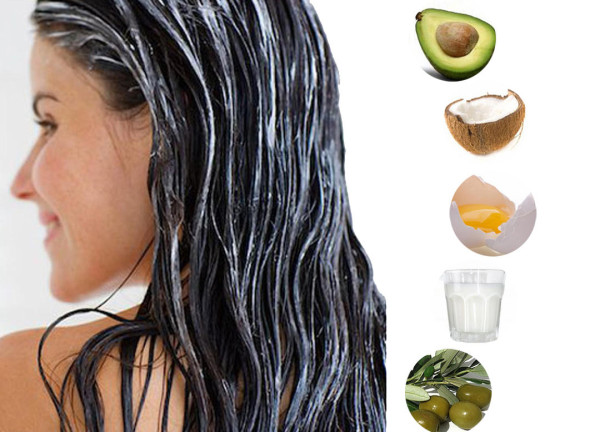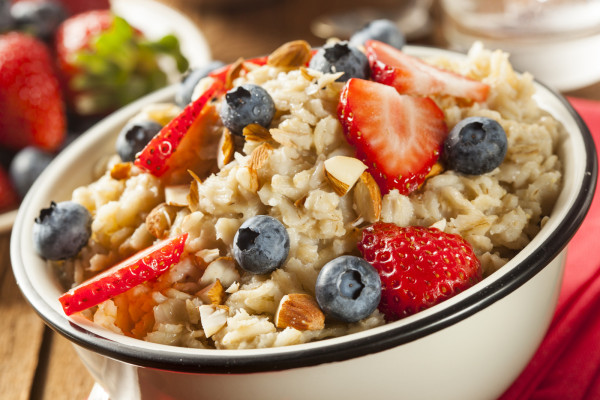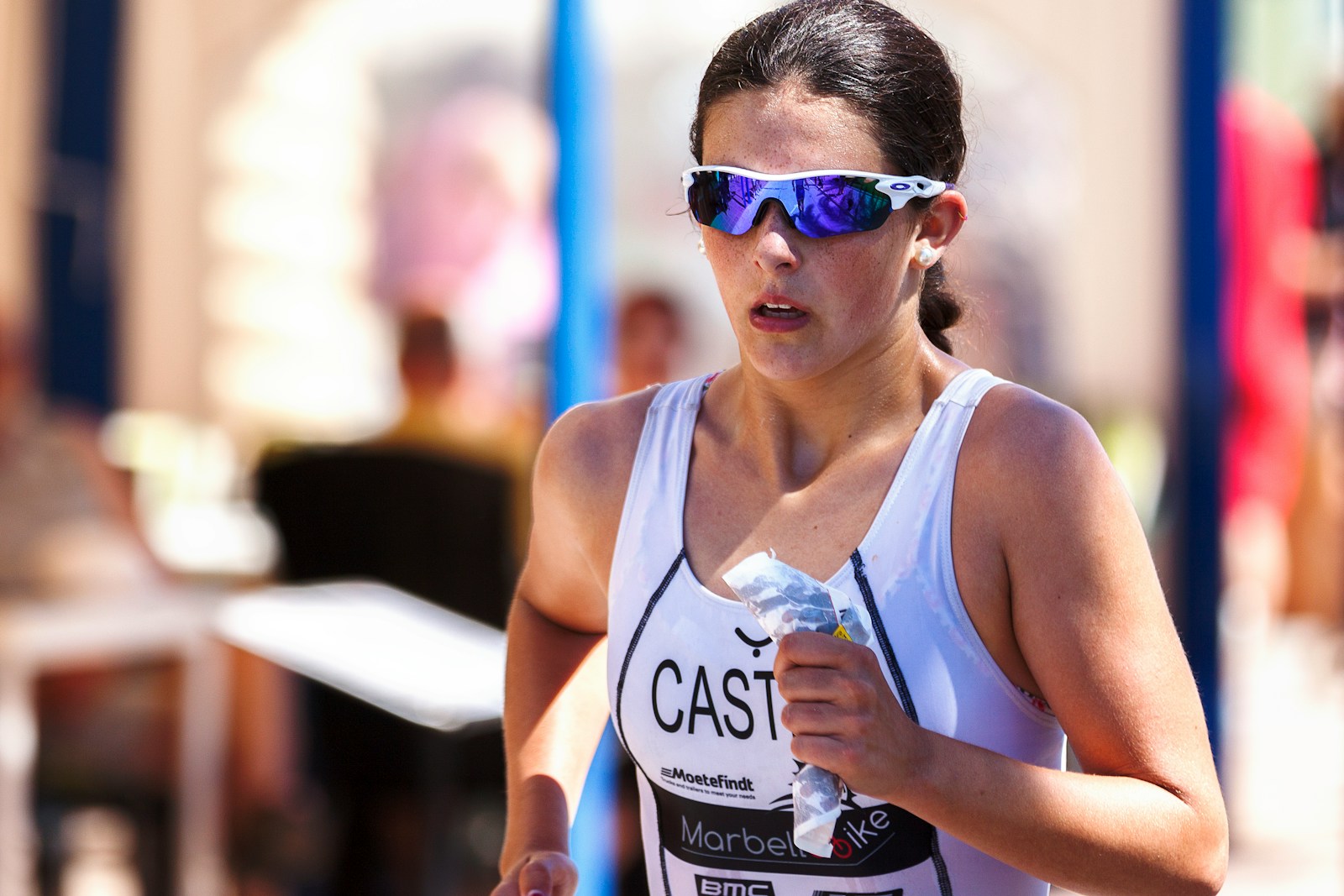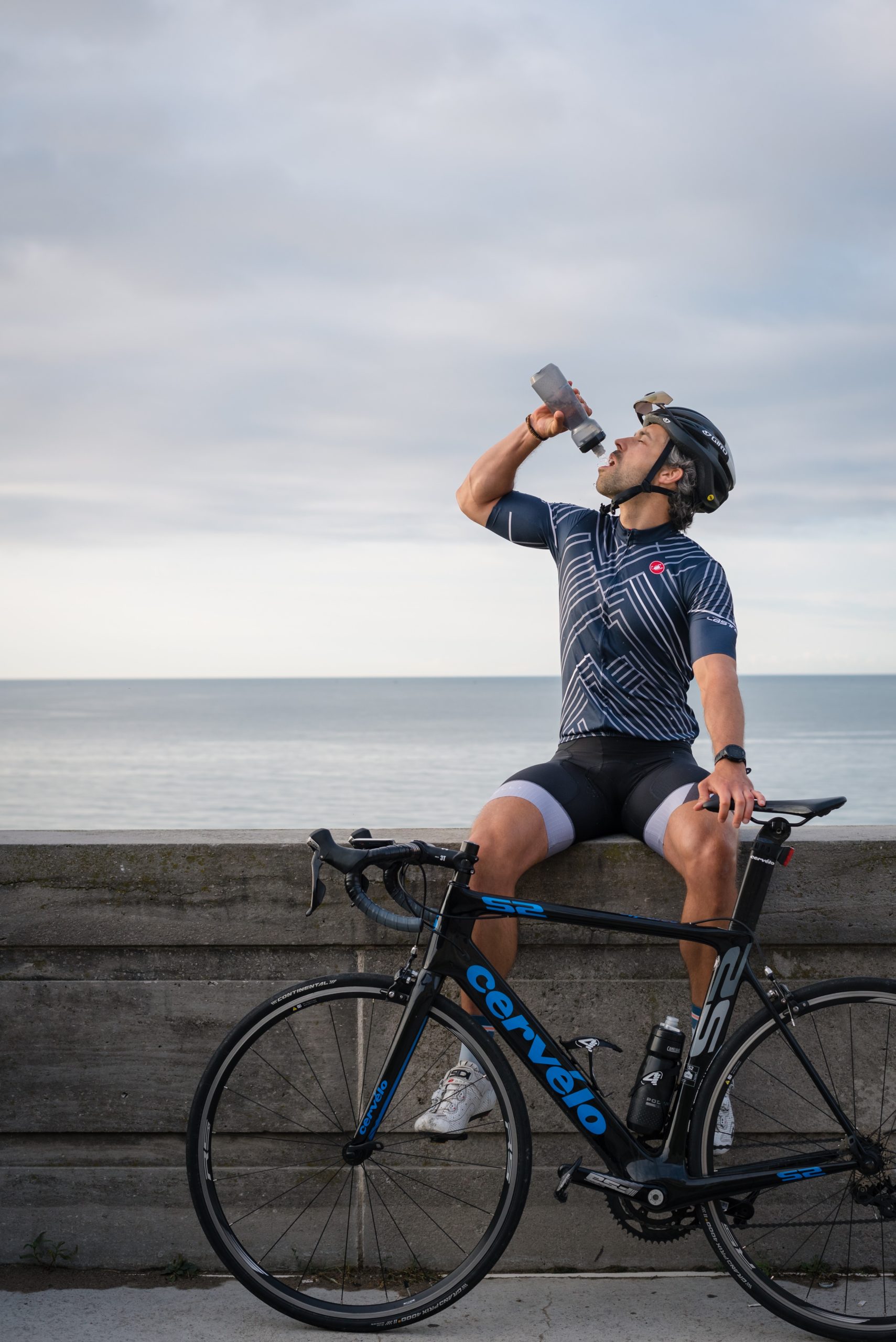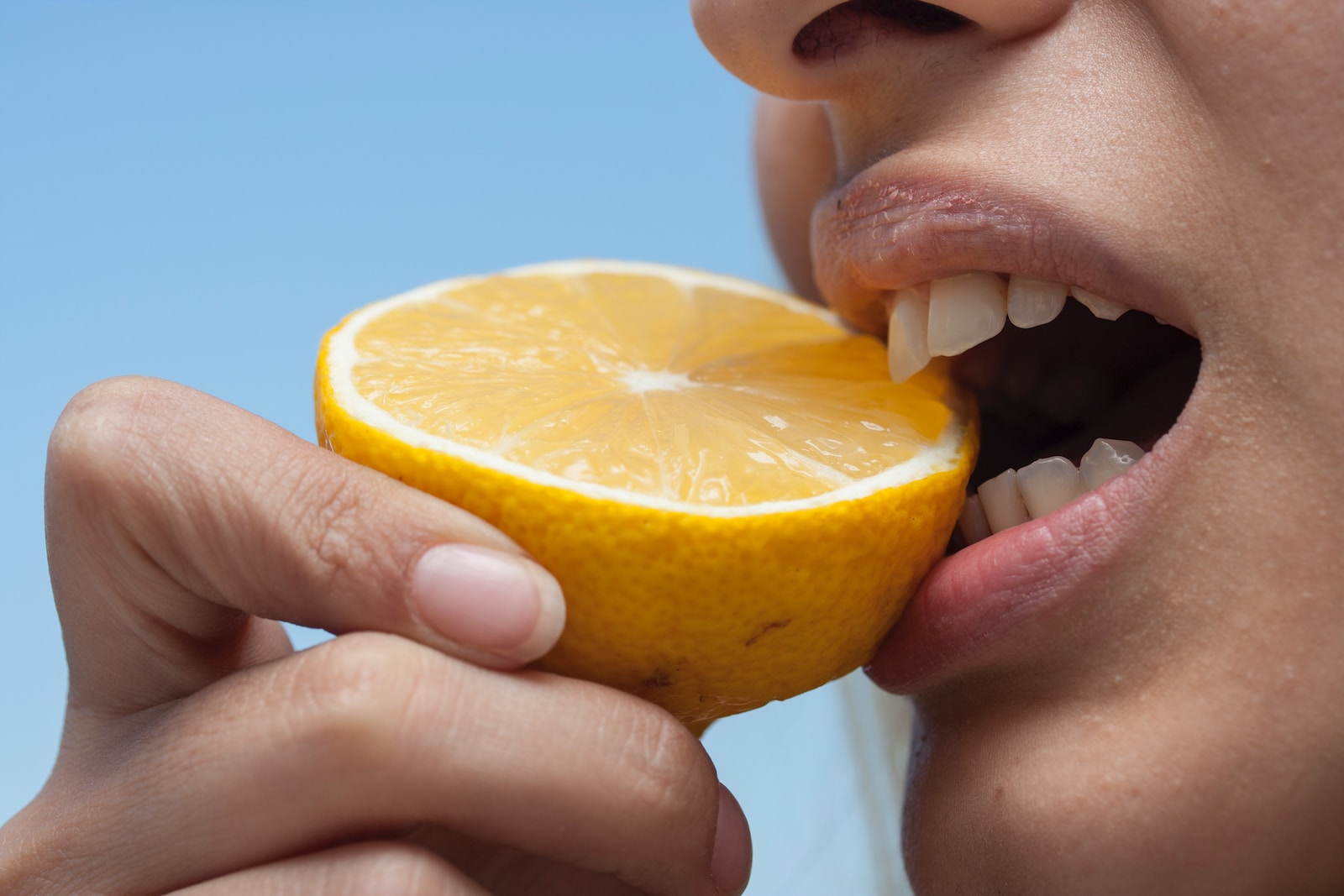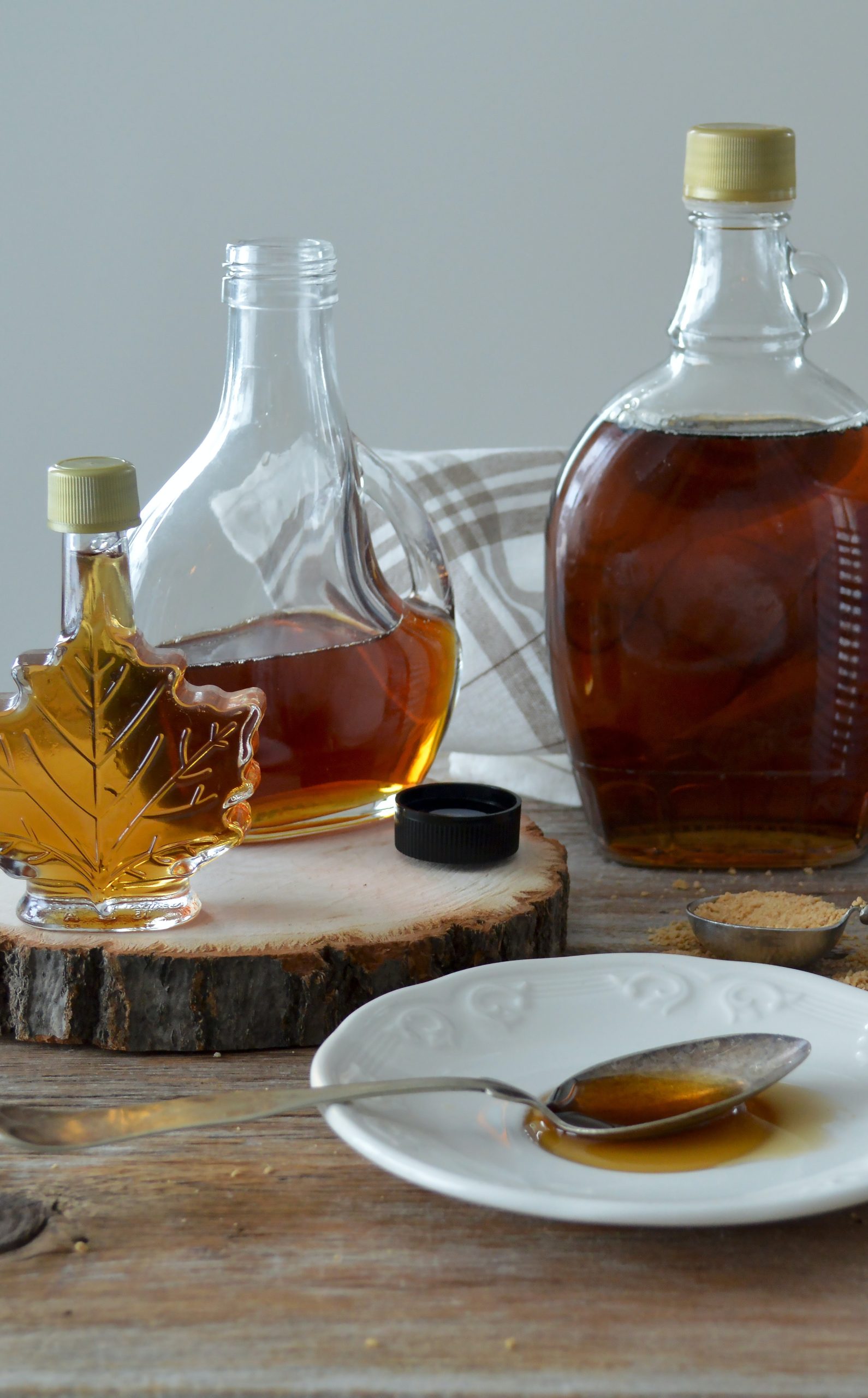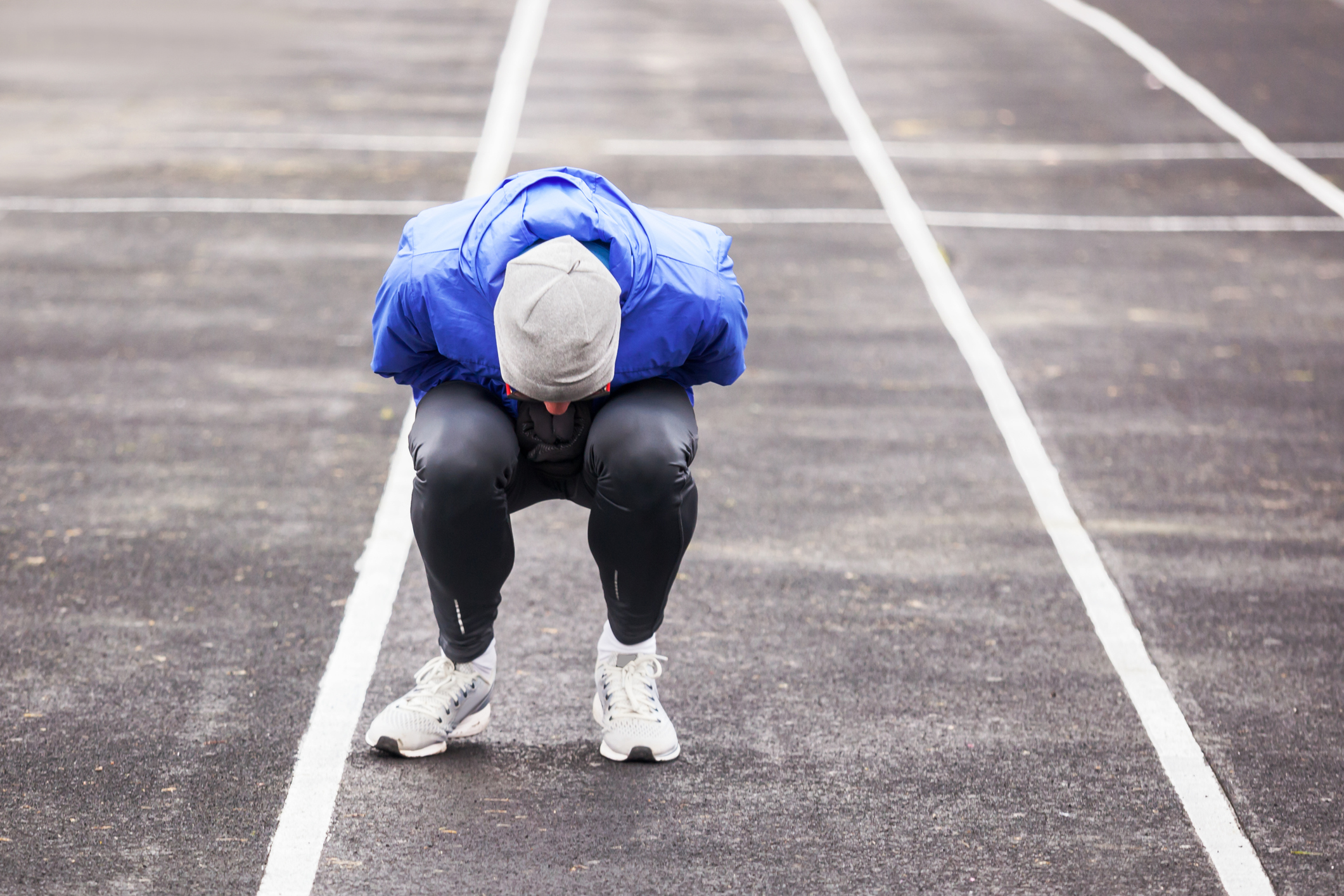An Athlete with No Limits
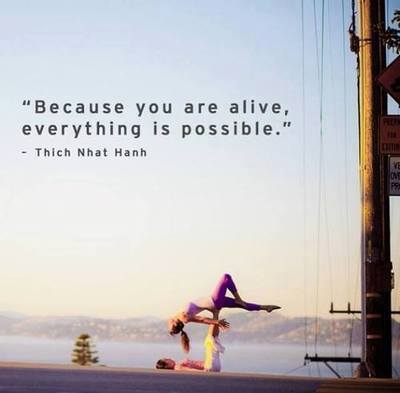
As a sports dietitian and endurance coach, I have the opportunity to work with a variety of athletes. They are all on their personal quest for greatness; striving to be better than they were yesterday, last week or last year. Some have physical limitations while others have medical limitations not seen by the naked eye. Nothing inspires me more than working with an athlete to overcome obstacles and achieve goals they thought were off limits. Here is a personal account of one athlete’s story, unveiled, in hopes that it will inspire you to believe in yourself, and your body despite limitations.
“As an endurance athlete, I grew-up in an era that I like to call the “No Pain, No Gain” era. Where Goo was used to fix a worn heal on your running shoe and we’d run in the same pair of shoes for up to a year. During my senior year of high school, I ran in a pair of Brooks running shoes that by conservative estimates had logged 3,600 miles. Through high school and college, I competed on the cross-county and track teams and continued my endurance training as I entered the work world. For all intents and purposes, I was a healthy, fit, endurance athlete.
Almost like clockwork on my fortieth birthday, I developed an unquenchable thirst. I thought it was the long hours at work but now I know it was the initial signs of diabetes. Through the encouragement of a co-worker, I went to the doctor and got tested. Sure enough I was greeted by a call from my doctor later in the week with a “Congratulations, you are a Type II diabetic”. In my case, I was actually a Type I diabetic or a Latent Autoimmune Diabetes of Adults (LADA), which is the slow on-set of Type I diabetes. Not knowing that I was a LADA, also referred to as Type 1.5, I proceeded to “control” my diabetes with diet and exercise for almost 10 years until both my blood sugar readings and A1Cs started to trend upwards for what seemed to be no reason. In 2008, I began insulin therapy and started my search for people in the medical field, who understood and had worked with endurance athletes with diabetes. I felt at the time and I still do feel that it is important to have people like this on your diabetic support team. But if your experience is anything like mine, they are very hard to find.
As many of us did after the movie, Bucket List, I created my list and one of the items on my list was, “To complete a triathlon”. I dodged this one for years, partly because I wasn’t sure how to fuel properly in training and to race as an endurance athlete with diabetes. To compensate, I decided that if I stuffed enough carbohydrates in my system I could prevent what worried me most…a low blood sugar while training or competing. So, off I went with that approach into the world of competing in sprint triathlons. Even though I was able to compete, my approach significantly raised my blood sugars and A1Cs and little did I know it also negatively affected my ability to train and race safely.
In the fall of 2013, I competed in a duathlon and was later invited to race in the USA Triathlon Duathlon National Championships in St. Paul, MN the following year. That’s when I realized that I needed a coach and more importantly a nutritionist, ideally someone who had worked with endurance athletes with diabetes. By chance, I read an article about fueling in the USA Triathlon newsletter and decided to contact the author, Susan Kitchen of Race Smart. Sure enough, Susan had worked with endurance athletes with diabetes and was also an outstanding endurance athlete in her own right. She was exactly what I needed and later she became my coach.
Susan changed my entire way of looking at being an endurance athlete with diabetes. No longer did I stuff carbs in my mouth to stay upright but she encouraged me to bring my blood sugars closer to the upper limits of normal blood sugars. Her logic was that I will perform better when I am closer to normal numbers. So with Susan’s support, I changed my diet, learned how to fuel properly to train and race, and began testing my blood sugars more, especially before and after training and racing. As a result, my training and racing improved.
I never made it to the Duathlon National Championships due to a shin injury. So, I took what I learned from Susan and focused on the USA Triathlon Aquabike National Championships, Half Ironman distance last September. I placed 7th in my age group in a race that was over 40 miles longer than any of my previous races. And, it was because I learned through proper nutrition and training that I could become what I once was…an endurance athlete with no limits!”

